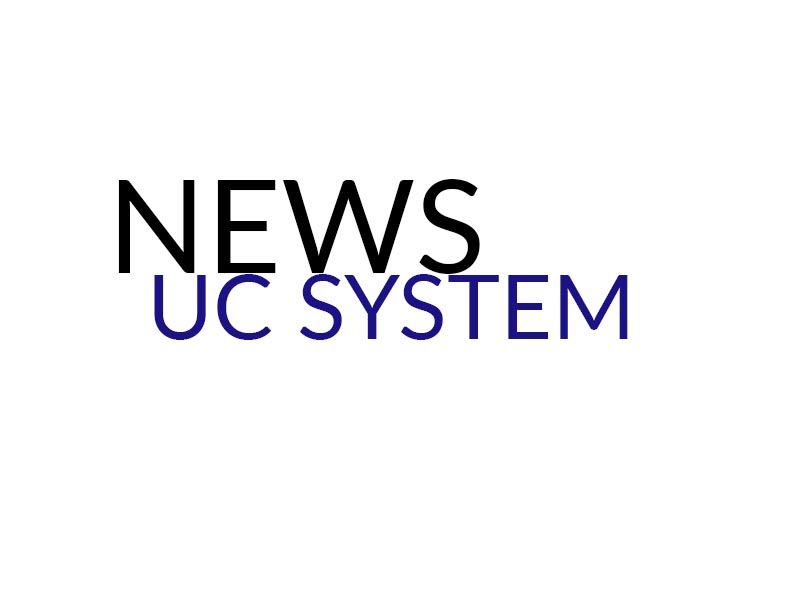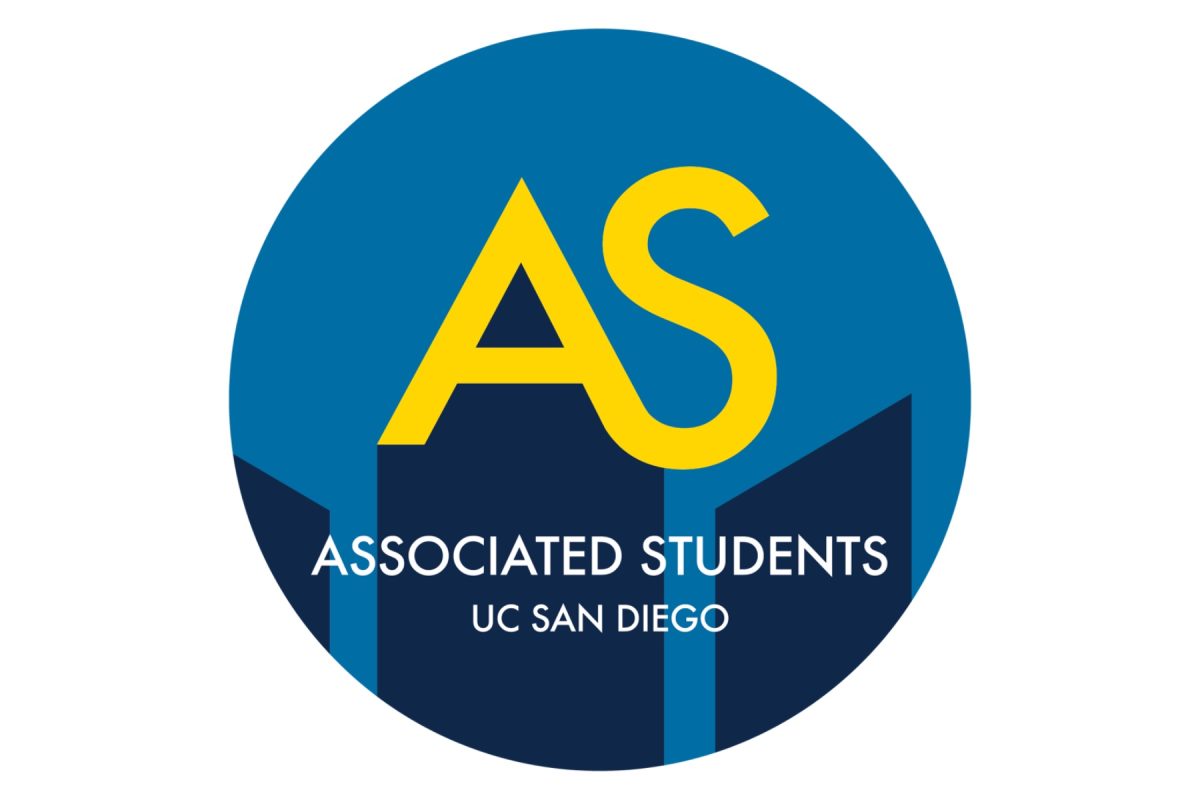The U.S. Senate blocked a bill temporarily renewing the Perkins Loan Program, the country’s oldest federal loan program benefitting low-income college students on Sept. 30. The House of Representatives had voted in favor of the program’s renewal one week earlier.
Senator Lamar Alexander (R-TN), chair of the Senate Health, Education, Labor and Pensions Committee, fully supported the cancellation of the Perkins Loan Program and decided not to have a floor vote on the renewal of the bill.
“Reauthorizing the Perkins loan [program] will cost $5 billion over 10 years,’’ Alexander said on the Senate floor. “Many witnesses before our committee have said that $5 billion would be better spent on more Pell grants, which is going to result from our [legislation].”
Perkins loans are set up to assist students in managing the financial burden of paying for college. Interest does not begin to accumulate until students complete their education, and the loans are set at a fixed interest rate of 5 percent. Payments are not required until nine months after enrollment ends, and students employed in military, health or education fields may be able to cancel their Perkins loans completely.
Currently enrolled college students who received a Perkins loan before June 30 will still be able to take out more loans for up to five years, but students who have not already applied for and received a loan through the program will now be unable to do so.
Last year, Perkins loans made up $1.2 billion of the $150 billion in grants and loans funded by the federal government, according to The Huffington Post. The Washington Post reported that approximately 540,000 students received Perkins loans nationwide for the 2013-14 school year, averaging $2,172 for each student.
Opponents of the Perkins loan program point out that it overlaps with other federal aid programs, such as Pell Grants and the Direct Loan Program. Alexander favors a consolidation of all federal loan programs into one unsubsidized loan.
“Our goal is to simplify the system, make it easier for students to apply for grants and loans,” he said. “The Perkins loan is not as effective a loan in meeting those goals as the other loans that we have.”
Senator Tammy Baldwin (D-WI), who supported the continuation of the loan program, agreed that changes should be made to the federal loan system but stressed the importance of creating a solution before removing the old program.
“I just don’t think it is right or fair to end this program with nothing to replace it, to the detriment of thousands in need,” Baldwin said on the Senate floor.
Education Secretary Arne Duncan expressed similar sentiments in a statement to USA Today, saying that the loan program should be reinstated with several changes.
“I would challenge Congress to redesign Perkins to make it larger, better targeted and more effective at helping students and families attend schools that offer a quality and affordable education, and I’d be enthusiastic about working with them to do that,’’ Duncan said.
At UCSD, 59 percent of the 2014-15 graduating class received some type of federal loan, subsidized or unsubsidized, to help pay for their education. The average amount of debt loan-holding students had at graduation averaged $20,555.
For students in need of financial assistance, there are some other alternatives. Direct subsidized and unsubsidized Stafford loans and direct PLUS loans are offered by the federal government, in addition to the option of taking out private loans.
Additional reporting by Kriti Sarin.








